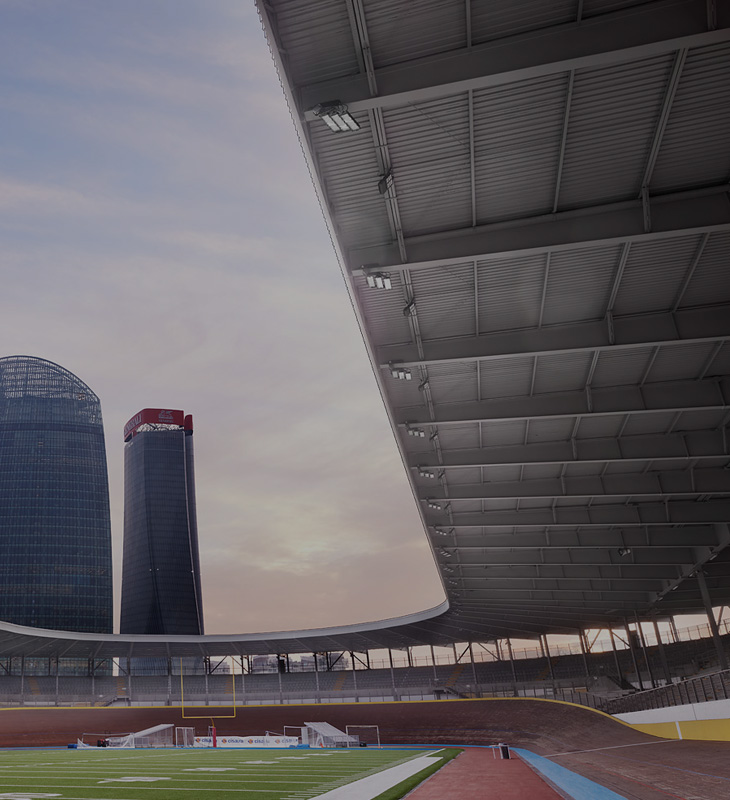
Installation
Installation
The heart of the GEWISS offer is represented by the energy connection, distribution, derivation and transport systems. A complete range of innovative products Made in Italy, designed to create plant solutions that satisfy any installation need.

Energy
Energy
A state-of-the-art energy management and protection system. Maximum synergy and integration between modular and boxed equipment, switchboards and distribution cabinets.

Building
Building
Safety, comfort, energy saving, supervision and design. These are the keywords to describe the entire GEWISS system for Smart Home & Building.

Lighting
Lighting
Light quality and smart lighting systems provide the best planning solutions of Italian design, giving life to an offer that contribute to the well-being of people and the environment.


Mobility
Mobility
JOINON is our turnkey solution for those who choose GEWISS sustainable mobility.

We create connections between people and objects.
We create connections between people and objects.
We selected nine applications where our proposals can be inserted in harmony with the needs of each reality and type of stakeholder.

Do you need technical or project consultancy?
Do you need technical or project consultancy?
GEWISS experts are available to the web community to provide free technical support. The service is at your disposal both to provide you with support in the drafting of projects, and to offer advice on already structured projects.

The role of urban lighting has always been to provide good visibility for streets when it is dark, with the aim of improving safety and livability in public spaces, and in some way also facilitating meetings between individuals. Modern requirements focus on several points:
- citizen safety;
- lighting sustainability;
- creation of a pleasant atmosphere even at night;
- better usability.
Clearly, the technical perspective, unlike in the past, is no longer the most relevant aspect to the exclusion of all others. Those involved in urban lighting must strike a balance between the population’s well-being and sustainability.
Smart lighting: a challenge that combines visual comfort and modern requirements
The city of the future has a fundamental feature: it responds to the needs of modern citizens, who are now focused on reducing consumption and on the need for gathering, sharing and getting together, which can be carefully cultivated by a city with well-organised spaces, accompanied by intelligent lighting.
Adaptive and intelligent LED street lighting is an essential service for the cities of the future: a service that relies on motion and twilight sensors capable of adapting to the passing of vehicles on the road and environmental conditions.
This brings two main advantages:
- constant visual comfort, as the lighting adapts to the natural environment;
- low energy consumption, saving 50–60%. This enables these lighting systems to comply with the Minimum Environmental Criteria (MEC), as they offer improved energy efficiency performance as well as system durability and reliability.
Smart lighting: urban lighting and IoT
Like many other sectors, urban lighting is undergoing a necessary process of modernisation and digitalisation. Today, the lamppost is no longer just a tool that illuminates a portion of the street; it is becoming a tool that promotes the safety and comfort of citizens, even capable of communicating with the latter.
Streetlights are now entering the world of IoT, connecting to the Internet and providing a more complete service tailored to people and the environment.
This is the first evidence of a new design of urban lighting and also of the city in relation to individuals: it is people themselves who influence the management of hours of light and darkness. Based on their needs and the information provided by, and exchanged with, the smart streetlamps, the light emitted can be controlled, optimal environmental conditions created, and power wastage reduced together with electricity costs.
We conclude by highlighting an interesting evolution with smart systems for urban lighting: these systems may also be useful for the provision of other services, such as video surveillance, parking, information gathering weather, traffic control, hot spots for Wi-Fi connections and even electric vehicle charging points.
Investment in this type of technology will therefore lead to new ways of experiencing the city that are more connected, safe and also environmentally sustainable.
Discover the Related Range
Share
Related articles






Show other categories
Write to us
Do you need information on Gewiss products or services?
A new home for the Lighting catalogue!
This product is no longer hosted on this website. It can now be found at PERFORMANCE iN LIGHTING | Powered by Gewiss: Go to the website
A new home for the Lighting catalogue!
This product is no longer hosted on this website. It can now be found at PERFORMANCE iN LIGHTING | Powered by Gewiss: Go to the website
Wishlist Management
Operation occurred correctly
Attention – an error has occurred.
File download
Access to the “My Gewiss” area is required to download this content
You can enter the Gewiss world by consulting the sites available for each country, differentiated by language, services, and catalogue offerings
Choose your country

![URBAN [O3] range<br />Urban lighting systems URBAN [O3] range<br />Urban lighting systems](/content/dam/gwdam/product/GW/10/02/12/69/GW10021269.jpg.transform/287x287/17a8513b4d61c0237548eb83ddade29bc362759f/img.jpeg)
![STREET [O3] range<br />Street lighting LED system STREET [O3] range<br />Street lighting LED system](/content/dam/gwdam/product/GW/10/01/88/54/GW10018854.jpg.transform/287x287/fa8bb806caf44b0a79c621591167164315fcd458/img.jpeg)
![ROAD [5] Range<br />
Street lighting LED system ROAD [5] Range<br />
Street lighting LED system](/content/dam/gwdam/product/GW/10/02/24/65/GW10022465.jpg.transform/287x287/83796fa3d0e7fd43c9c29392e3fc64bb86f21faf/img.jpeg)





















